Advanced Dental Technology – San Antonio, TX
More Precision, Comfort, & Speed
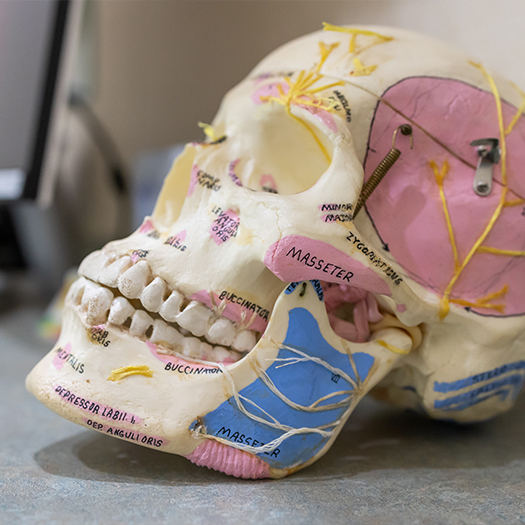
Everyone at Orbis Dental Group believes we have a moral obligation to only use the best dental technology because we owe it to our patients to deliver the highest quality dental care possible. We’re always updating our San Antonio dental office and keeping up with research so that once an instrument is proven to make a difference, we don’t delay in using it to serve our patients. With us, you can trust that you’re benefiting from the very best that modern-day dentistry has to offer at each visit.
Digital Dental Impressions
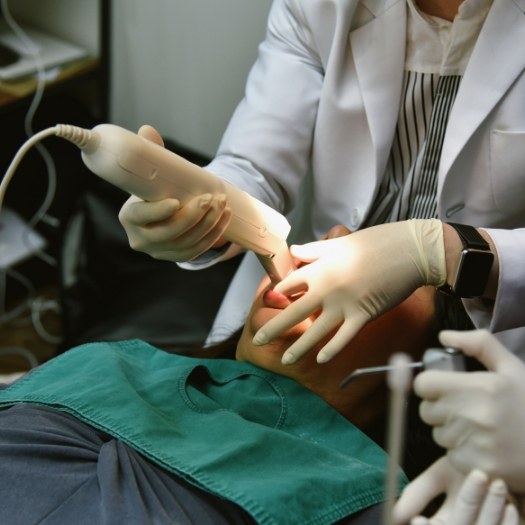
Dental impressions allow us to create a model of a patient’s teeth and mouth so we can design their restoration to make sure it looks and fits perfectly on day one. While this used to require a patient to bite into a mold filled with dental putty, we’re now able to scan the mouth in just a few minutes using a small handheld device. The process is infinitely more comfortable than the old way, doesn’t create a mess, and even results in a higher-quality digital impression that will improve the final restoration.
Soft Tissue Laser
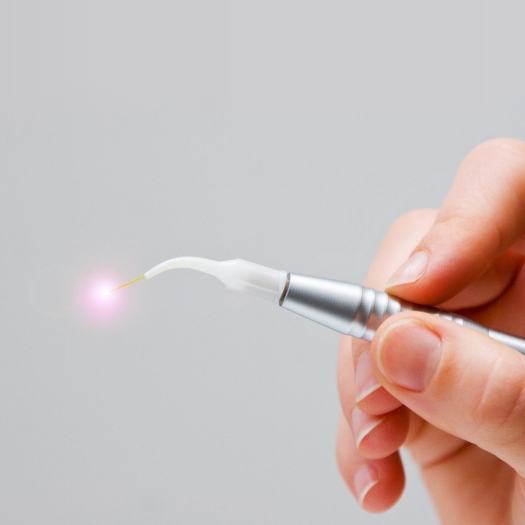
Dental lasers have advanced by leaps and bounds over the last few decades, and now we can use them to quickly and comfortably treat gum disease as well as provide cosmetic gum lifts. Concentrated light energy is able to quickly remove plaque, bacteria, and excess tissue with extreme precision while causing little to no discomfort. It even reduces post-treatment swelling and bleeding to practically zero, and most patients don’t even require anesthetic to remain relaxed in the chair.
Cone Beam Scanner
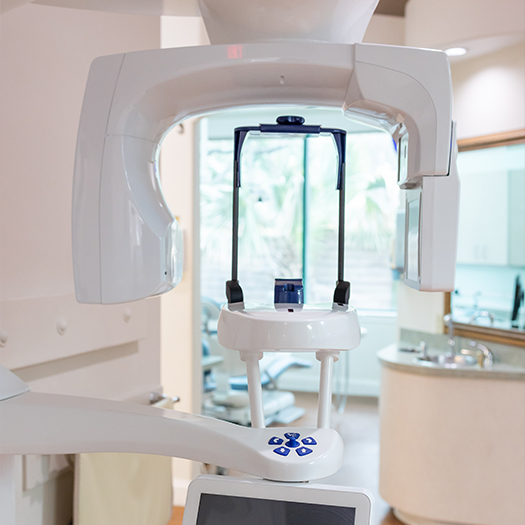
Traditional X-rays are great for getting a closer look at a few teeth, but if we want to take a comprehensive look at a patient’s dental anatomy, we use our cone beam scanner. It’s able to capture multiple images from several angles and then piece them together, giving us a complete 3D map that includes both rows of teeth, both jaws, and more. This can help us establish a baseline at someone’s initial appointment as well as plan for more complicated procedures like dental implant placement.
Intraoral Camera
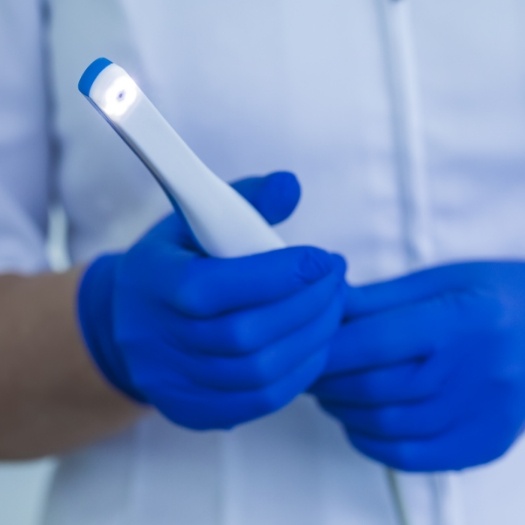
Instead of just telling you what is going on in your mouth, we can show you using our intraoral camera. It’s slightly larger than a pen and tipped with a lens that allows us to take close-up images of your teeth and gums. We can then show you these images on a nearby monitor and explain what we’re seeing. This makes it easier for us to show why someone might need a treatment, and after the procedure, we can also point out the difference we’ve made, letting a patient better understand the value we provide.
CEREC Same-Day Dental Crowns
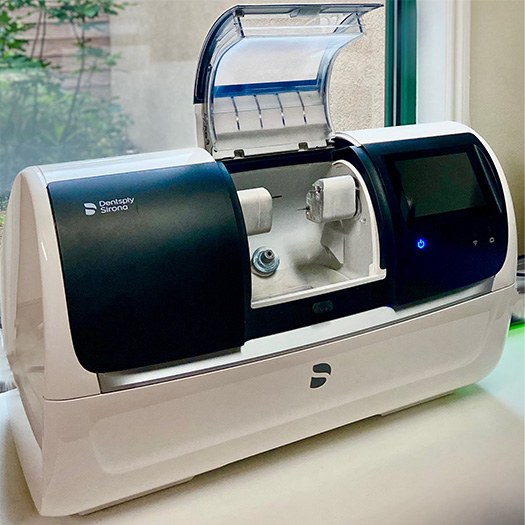
The traditional method for creating dental crowns requires at least two dental appointments spaced a few weeks apart. At Orbis Dental Group, we prefer to streamline the process with CEREC technology. This system uses CAD/CAM technology to allow us to take digital impressions of your teeth, design your crown using state-of-the-art software, and fabricate it right here in our office with our in-house ceramic milling unit. CEREC can eliminate the need for a temporary crown and provide you with a beautiful and durable permanent restoration in a matter of mere hours!
About Us Meet the Dentists Meet the Team Tour Our Office Smile Gallery View Our Services

